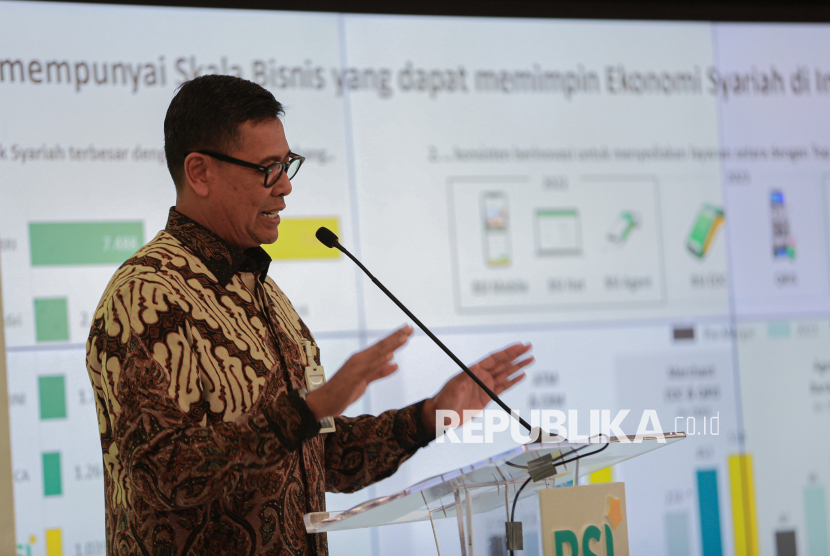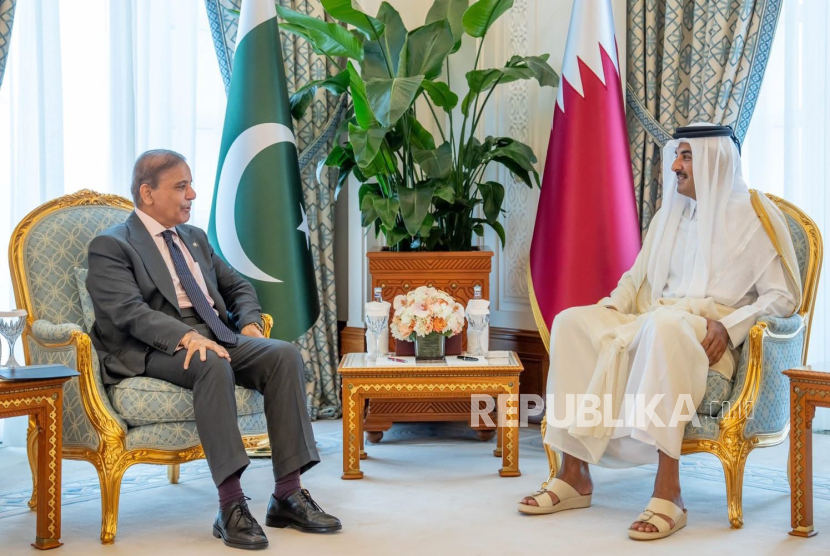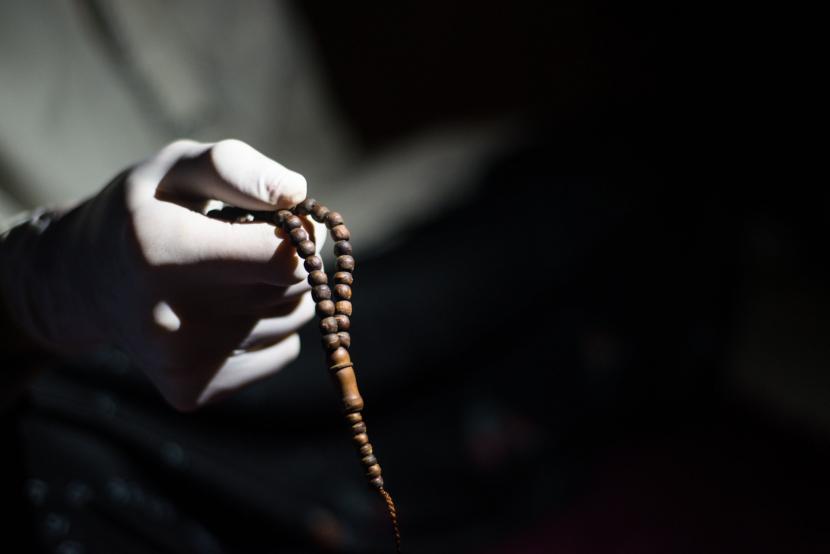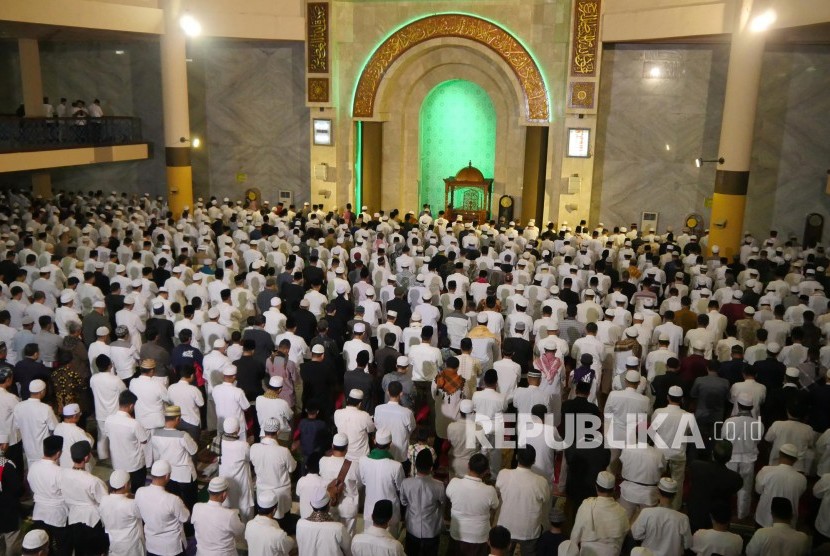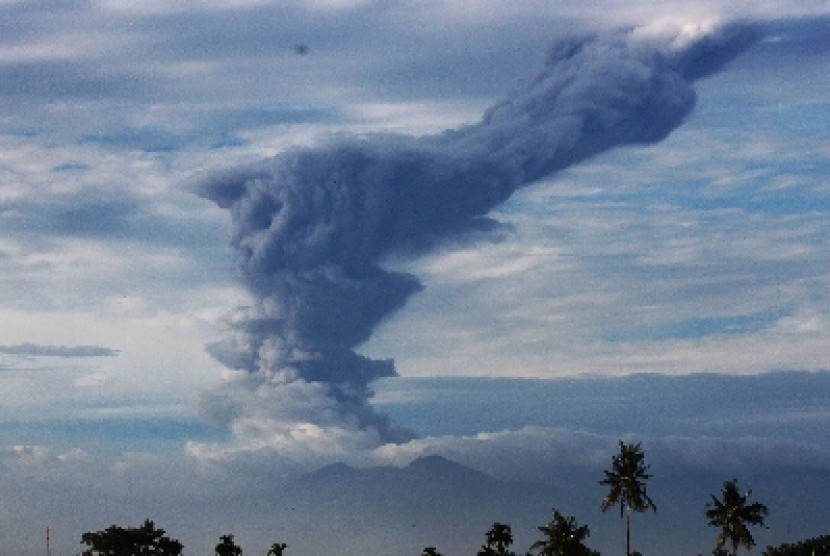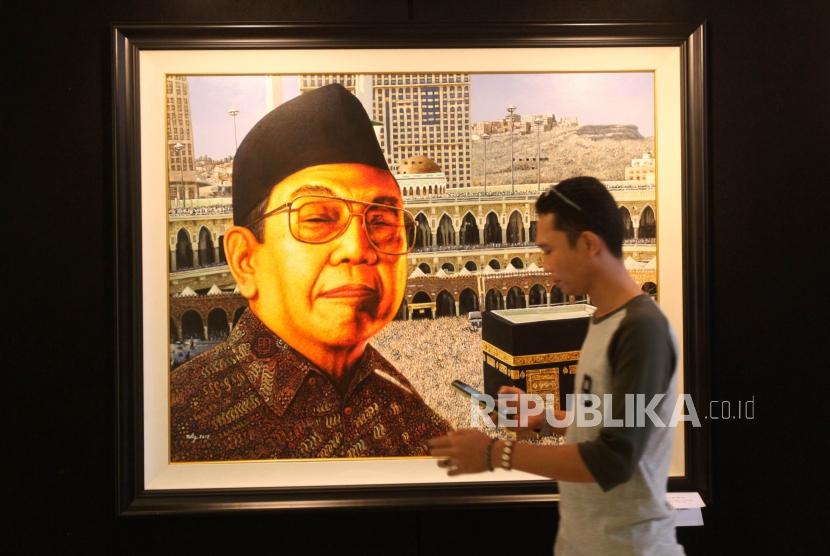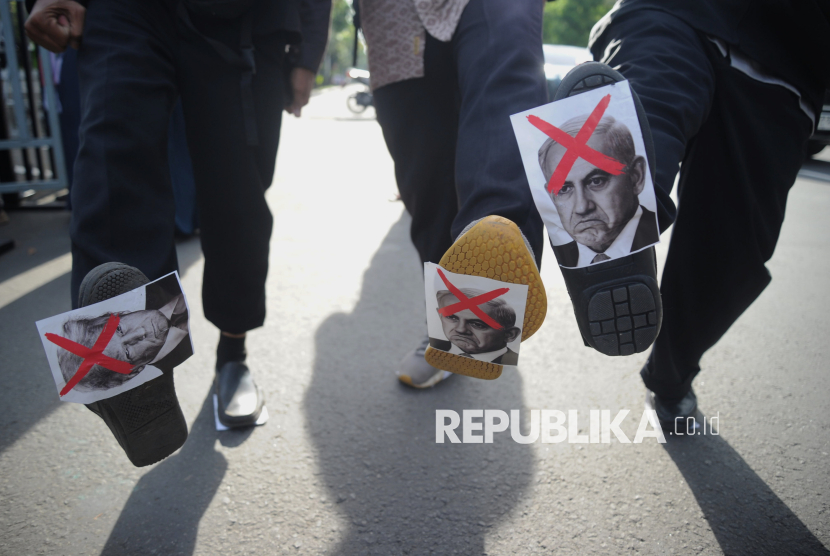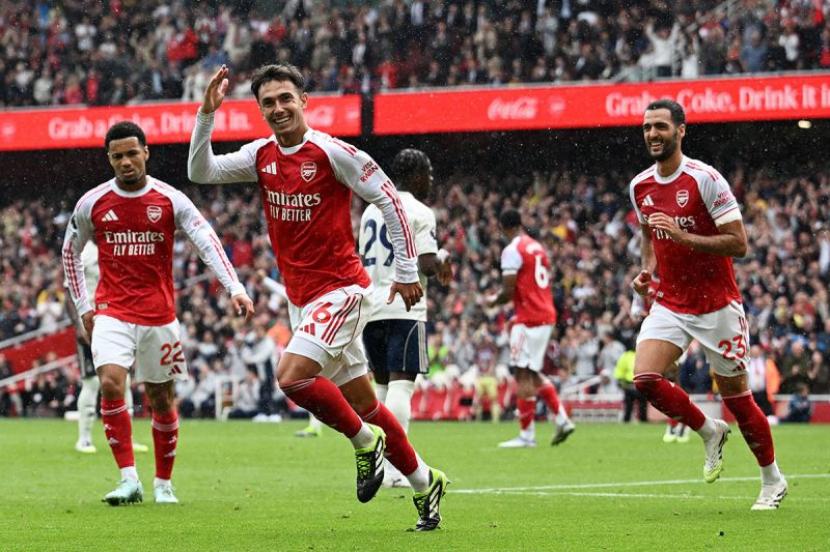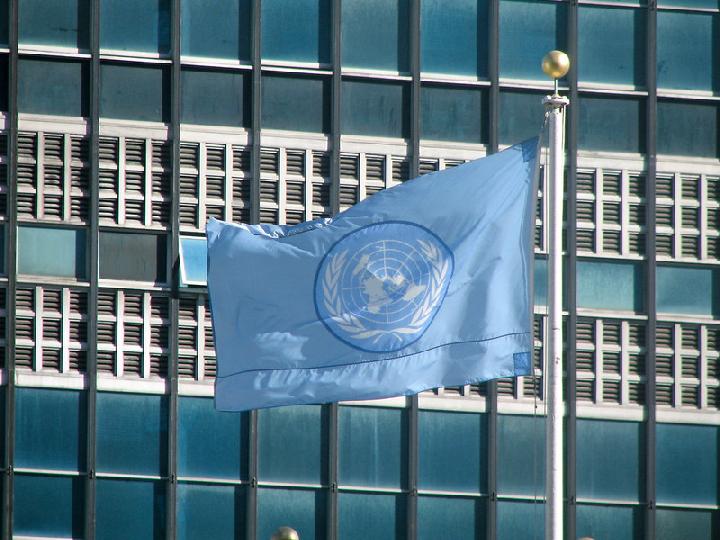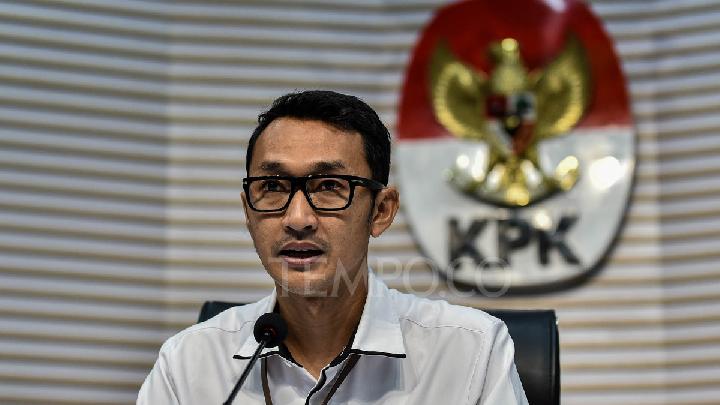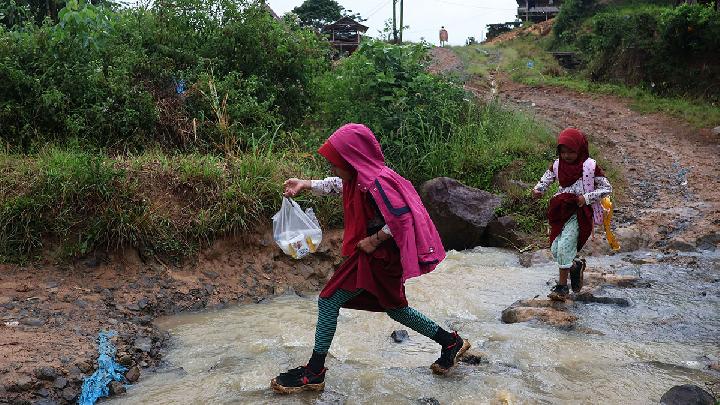TEMPO.CO, Jakarta - China staged a massive military parade at Tiananmen Square, Beijing, on Wednesday, September 3, 2025, to mark the 80th anniversary of the end of World War II.
The parade began at 09:00 local time and was attended by 26 world leaders, including Russian President Vladimir Putin, North Korean leader Kim Jong Un, and Indonesian President Prabowo Subianto.
Kim Jong Un’s attendance, accompanied by his daughter Kim Ju Ae, widely seen as his successor, drew significant attention. It was his first overseas trip and the first time a North Korean leader had joined a Chinese military parade since his grandfather Kim Il Sung in 1959.
A Show of Military Strength
President Xi Jinping appeared in a gray suit reminiscent of Mao Zedong. In his speech, he underscored the global crossroads: “Humanity is again faced with a choice of peace or war, dialogue or confrontation, and win-win outcomes or zero-sum games.”
“The Chinese people will stand firmly on the right side of history and on the side of human progress, adhere to the path of peaceful development, and join hands with the rest of the world to build a community with a shared future for humanity,” he said.
The spectacle featured thousands of troops in choreographed formations, a 1,000-member chorus, and 80 trumpeters to mark the 80th anniversary of Japan’s defeat. The audience stands were decorated in green, red, and gold, symbolizing fertile land, sacrifice, and peace.
China also unveiled advanced weaponry, showcasing its nuclear triad for the first time: the Jinglei-1 (air-launched), Julang-3 (submarine-launched), and the Dongfeng-31 and Dongfeng-61 (land-based).
Hypersonic anti-ship missiles Yingji-17, Yingji-19, and Yingji-20, reportedly tested against US aircraft carrier models, were also displayed, along with drones, unmanned helicopters, and precision-strike systems.
The parade concluded with the release of 80,000 doves and 80,000 balloons.
Diplomatic Lineup: 26 Leaders in Attendance
China’s Foreign Ministry had earlier announced the attendance of 26 world leaders. The guest list included Armenia, Azerbaijan, Belarus, Cambodia, Cuba, Indonesia, Iran, Kazakhstan, Kyrgyzstan, Laos, Malaysia, Maldives, Mongolia, Myanmar, Nepal, North Korea, Pakistan, Republic of the Congo, Russia, Serbia, Slovakia, Tajikistan, Turkmenistan, Uzbekistan, Vietnam, and Zimbabwe.
Politically, the lineup highlighted Beijing’s diplomatic reach, uniting countries often critical of Western powers, such as Russia, Iran, and North Korea. Economically, however, questions remain about the collective weight of these nations.
Do 26 Nations Plus China Outweigh the US?
According to IMF and Statista data for 2025, the United States remains the world’s largest economy with a GDP of US$30.5 trillion. China follows with US$19.23 trillion, and Russia stands at US$2.07 trillion.
Among the parade’s guest nations, Indonesia ranks highest with a GDP of about US$1.4 trillion. Other notable figures include Vietnam (US$490 billion), Malaysia (US$444 billion), Pakistan (US$373 billion), and Kazakhstan (US$300 billion). Iran’s GDP is estimated at US$341 billion, while Uzbekistan records US$132 billion, Slovakia US$147 billion, and Serbia US$92 billion. Smaller economies, such as Laos (US$16.3 billion), Maldives (US$7.4 billion), and the Republic of the Congo (US$15.28 billion), also took part. North Korea’s GDP, based on Bank of Korea estimates, is US$26.6 billion.
When combined, the GDP of all 26 participating countries, including China, totals about US$25.81 trillion, still below that of the United States alone.
For context, the G20 group of major economies has a combined GDP of roughly US$78.76 trillion in 2025, more than three times the total of China and its 26 guest nations.
Editor’s Choice: Top 6 Countries Investing in AI: US, China, and More
Click here to get the latest news updates from Tempo on Google News

